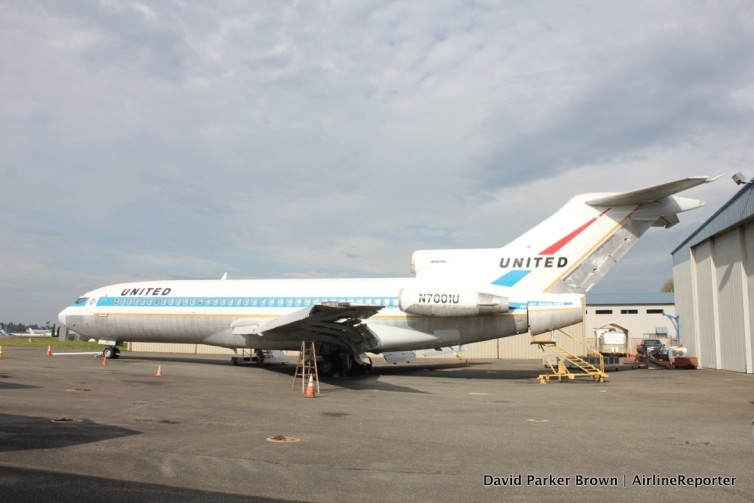
The first Boeing 727 sitting at Paine Field
Back in August, we connected with some of the fine folks that have been working to prepare the first Boeing 727 for its last flight. At the time, they were painting the plane and it looked damn good. Although a new coat of paint will make the plane look slick, it doesn’t exactly get it airborne. What does? Engines, of course.
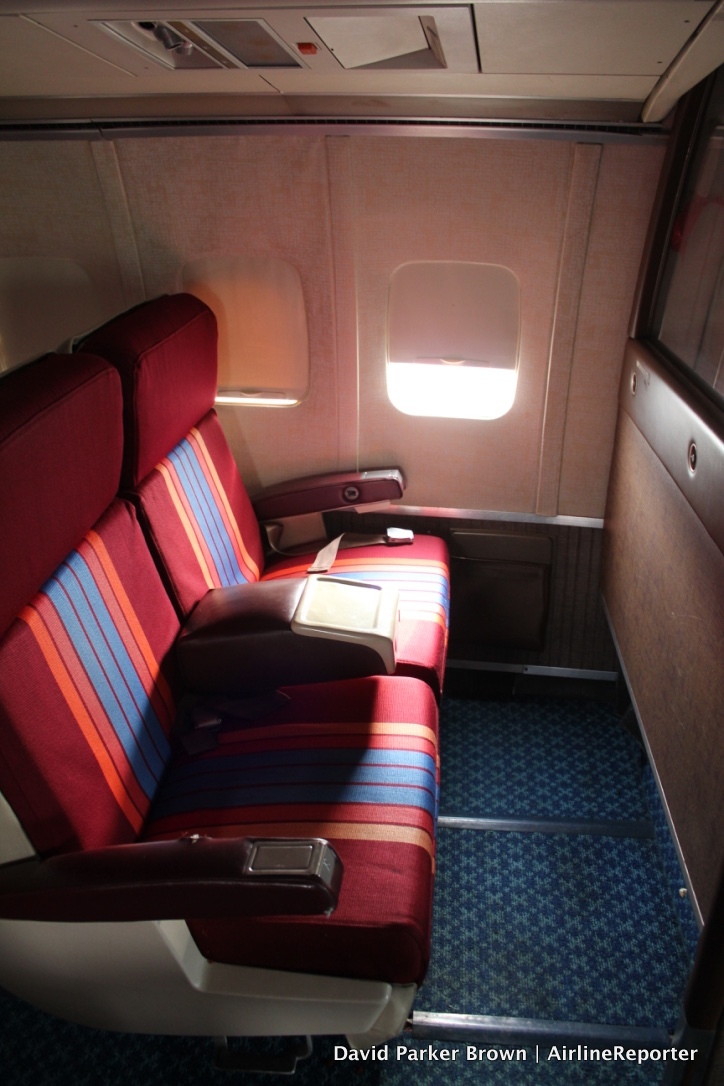
Classic first class seats in the first Boeing 727
I heard that they took possession of a few Pratt & Whittney JT8D engines and I wanted to get an update on how things were going and also take a tour of the interior.
When the aircraft was donated to the Museum of Flight, it was almost fully restored to how it looked (inside and out), when it first flew for United Airlines. So, I headed to the Museum of Flight Restoration Center at Paine Field and see how things were progressing.
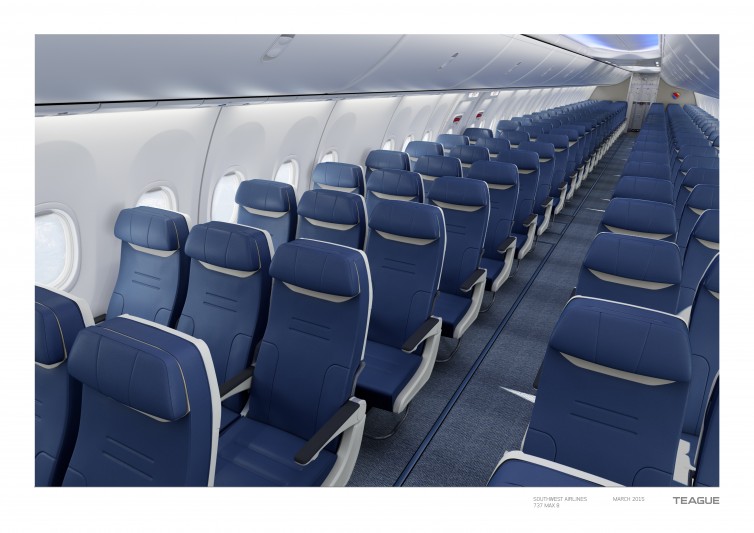
Cabin mockup of the 737 MAX 8 with the new Meridian seats – Image: Southwest Airlines
I recently attended Southwest’s #SWAmediaDay and the unveiling of their new Houston Hobby international terminal. As an unabashed Southwest fan, and card-carrying A-Lister (Southwest’s version of elite frequent flyer), it was an excellent opportunity to get up-to-date on what’s going on behind the scenes at Southwest. But the exhibit which stole the show for me? Finally, a pair of the mysterious new blue Meridian seats for my eyes (and derrià¨re) to literally size up.
Over the past few years I’ve noticed an interesting trend: Airlines release new slimline seats, talking them up to make them seem as if they are greatest innovation to passenger experience since the advent of the jet engine. Immediately following, passengers (and media) quickly cry afoul, often before trying the seats out. Because, all change is bad, right? Who moved my cheese?! If we were to try to find middle ground between these two extremes we might arrive at an analogy comparing slimlines to the Rolls-Royce RB211. A jet engine for sure, but by all accounts an expensive flop which had a part in destroying Rolls Royce, crippling Lockheed, and being one of just a few factors which killed the L-1011 TriStar.
But, I digress… We are talking about something as benign as seats after all, right?
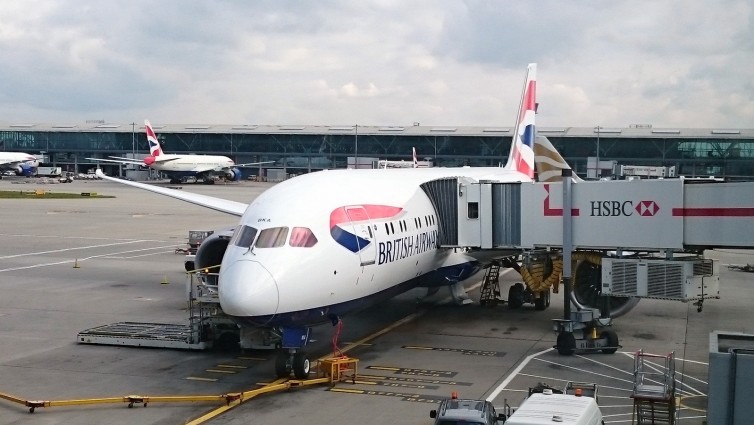
My British Airways Boeing 787-9 Dreamliner in London – Photo: Jason Rabinowitz
International first class is something special. It’s something that very few people will ever be able to pay for, but for those putting down the cash, they expect an experience beyond anything else available.
British Airways skipped a first class option on its Boeing 787-8 Dreamliner deliveries, but with the 787-9, it decided to give their well-liked first product a bit of a refresh. The global first class market is quite competitive. Many airlines have totally given up on it, while others keep trying to offer the biggest, best, and most expensive options. In a world of apartment-like products, showers, bars, and full private suites, I wondered how British Airways now stacks up. The end result is one of the nicest seats that I have ever had the pleasure of flying in.
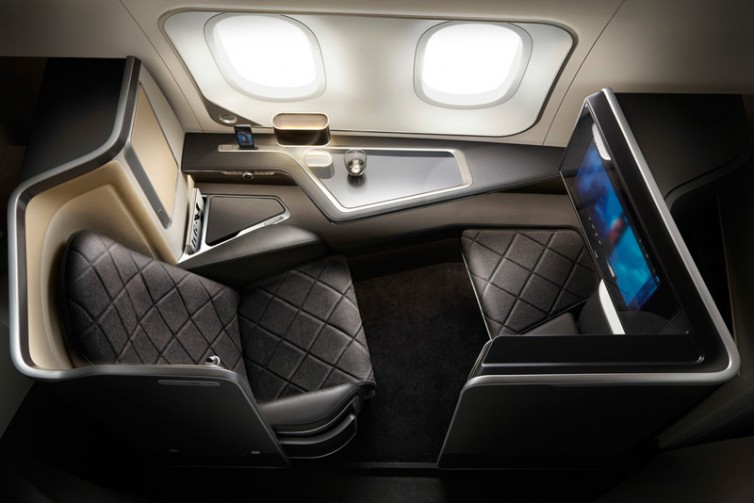
The British Airways first class product on their Boeing 787-9 Dreamliner – Photo: British Airways
My experience began at London’s Heathrow Airport (LHR) with a visit to the Concorde Room. British Airways has multiple lounges at Heathrow, but the Concorde Room is something more exclusive. It is reserved only for passengers flying intercontinental first class on the airline, and affords passengers extra niceties and amenities. One of the most interesting perks is what it calls a Cabana. The Cabanas are little private rooms within the lounge, where passengers can shower, take a nap, or simply watch television. While airports can be super stressful, this was the exact opposite. We were already off to a great first class start!
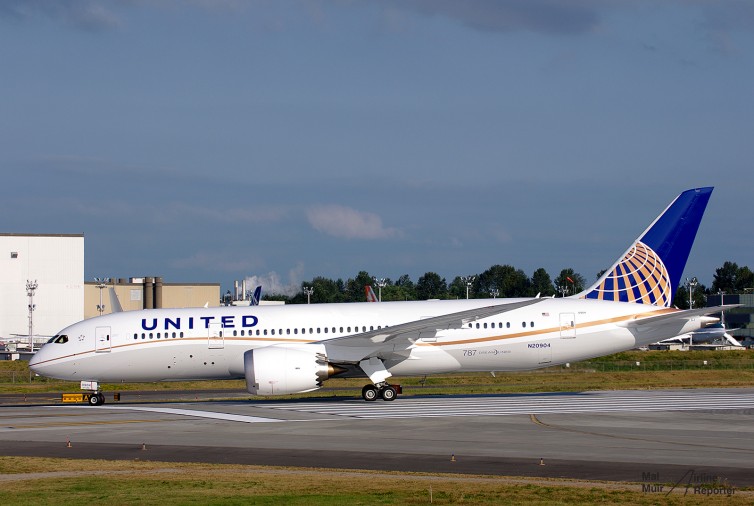
United Airlines’ first 787 at Paine Field – Photo: Mal Muir | AirlineReporter
THIS is the route that the Boeing 787 Dreamliner was built for. Flying between Tokyo and Denver, you need a special kind of aircraft. Something that is super-efficient, able to deal with Denver’s high altitude and summer heat, and right-sized for the market. The 787-8 checks all of those boxes.
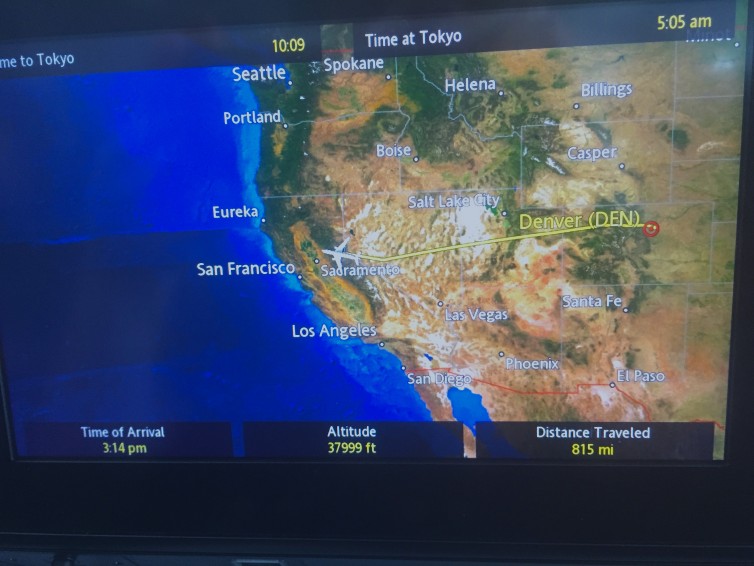
Luckily, the 787 has the legs for some wonky routings from Denver due to winds – Photo: Blaine Nickeson | AirlineReporter
Recently, I planned a trip with friend (and fellow Denver-based AirlineReporter writer), Dave Delagarza. Our wives were not thrilled to care for the young kids during the trip, but we’d be gone for less than 72 hours. In that period of time, we flew nearly 20,000 miles to Kuala Lumpur, Malaysia and back, all on 787-8s (of both the United and ANA variety). This helped us both re-qualify for our elite status levels with United, our dominant carrier here in Denver.
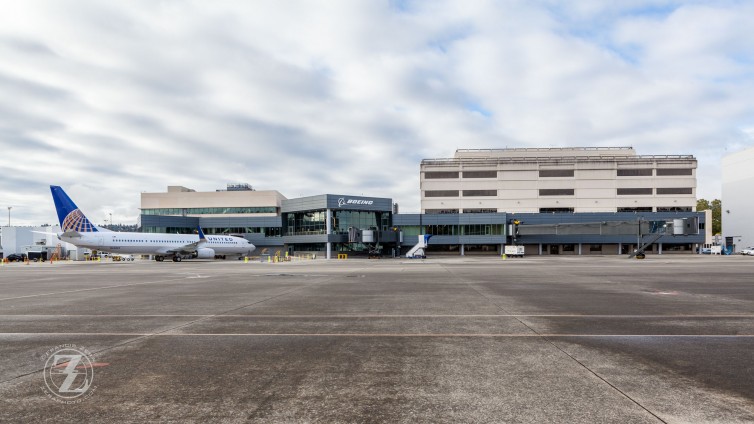
The new delivery center building has three gates and enough interior space to accommodate three simultaneous aircraft deliveries. The 737-900ER shown parked at the gate was delivered to United Airlines on Oct. 19.
Boeing opened its new Seattle delivery center for its booming 737 program on October 19 at King County International Airport, a.k.a. Boeing Field.
The 90,000 sq. ft. building is more than twice the size of the previous facility, which was located on the same site. It took 15 months to demolish the old structure, build the new one, and renovate some of the adjoining office spaces. According to Boeing officials, the new facility was needed to better accommodate the ever-increasing production rates for their 737 line. The current production rate for 737s is 42 per month, and planned rate increases will take that number to 52 per month in 2018.
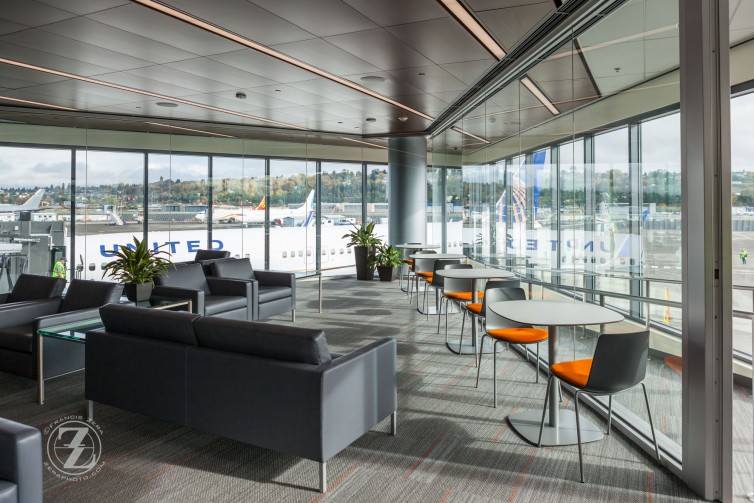
The main departure lounge at the new delivery center offers good views of the flight line.
I recently had the opportunity, on behalf of AirlineReporter, to check out the new facility and I was excited to see what an airline’s representatives experience when picking up their $85 million jet.








